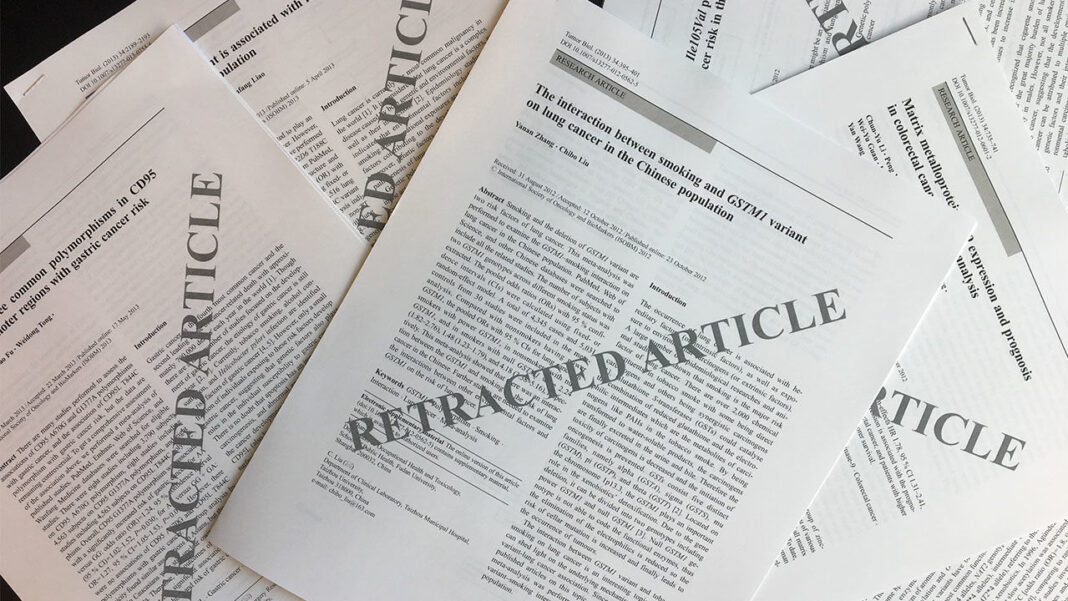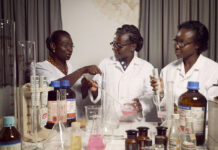Data falsification occurs rather frequently. What makes scientists lie about their results?
Science is a field where pressure is commonly the main driver for outcomes. Obokata’s case, described in Part II of these Science Fraud Series, only brought to the surface the negative effects both media and peer pressure may have on researchers. Researcher’s productivity is often measured in terms of their publication output. However, the issue whether publishing pressure is reason enough to justify scientific misconduct is still questionable.
Admitting fraud
Scientific misconduct, which may take different forms such as plagiarism, data falsification, amongst other fraudulent actions, has been commonly associated with the continuous pressure on scientists to produce publishable results. In a recent study, Tijdink (2014), showed that around 15% of scientists in the Netherlands admitted to falsify or manipulate research data, while 72% consider publication pressure ‘too high’. In this study, Tijdink demonstrated a high correlation between publication pressure and scientific misconduct. Besides, there is increasing evidence that scientific misconduct compromises science credibility. Excessive emphasis on scientific outcomes may therefore jeopardize scientific data credibility and quality.
On the other hand, a recent study shows that misconduct policies, academic culture and career stage are more likely to affect science credibility than pressure to publish. In this report, Fanneli suggests that ‘scientific misconduct is more likely in countries that lack research integrity policies, in countries where individual publication performance is rewarded with cash, in cultures and situations where mutual criticism is hampered, and in the earliest phases of a researcher’s career’. This study also refutes the claim that male researchers are more prone to falsify data than female researchers. In a recent systematic review, Fanneli also showed that more than 2% of scientists admitted to have falsified data and more than 30% admitted to have conducted ‘questionable research practices’.
Whether publishing pressure is indeed the main driver of scientific frauds or not, the truth is that the number of retracted papers have been increasing in the past years. While in the early 2000s, only about 30 retractions appeared annually, in the end of 2009 more than 300 articles were flagged for retraction. Even though we have to consider that the number of articles published annually also increased in the last decade and that ‘honest error’ accounts for about 28% of the causes for retraction, misconduct still accounts for almost 50% of paper retractions. In addition, in a study published in 2011, Fang found that journals with high impact factors are associated with high cases of retracted papers, meaning that scientist are more likely to falsify data to be published in a prestigious journal.
Learn from mistakes
At the same time, publication pressure is strongly associated with job burnout. As pointed by a biomedical researcher in a survey conducted in MD Anderson Cancer Center in Houston, Texas, institutions expect its members to obtain more granting funding continuously, achieve higher-quality publications and excel in academic tasks, such as teaching and collaborating with other institutions. These ambitious goals are often accompanied with the need to be innovative in grant applications and publications. At the same time, investigators enter a vicious circle when they lose funding, causing them to reduce personal and lab space, therefore making it more difficult to obtain funding again.
All this seems to paint a dark image about scientific research. But throughout the years, scientists have shown that seeking the truth is the major driver force of their work and that, above all, they can learn from past mistakes. If we are able to look at Obokata’s story as a mistake from the past, an example of what science should not be, maybe we can learn something from this story. And maybe we will be able to look back and realize that Sasai’s death has taught us how to look at scientists from a more humane perspective. Science will surely benefit from that.
You just read Part III of the Science Frauds series. Appetite for more?
Part I: Four Examples
Part II: Haruko Obakata’s Story
References
Holleman, W., & Gritz, E. (2013). Biomedical burnout Nature, 500 (7464), 613-614 DOI: 10.1038/nj7464-613a
Fang, F., & Casadevall, A. (2011). Retracted Science and the Retraction Index Infection and Immunity, 79 (10), 3855-3859 DOI: 10.1128/IAI.05661-11
Fanelli, D., Costas, R., & Larivière, V. (2015). Misconduct Policies, Academic Culture and Career Stage, Not Gender or Pressures to Publish, Affect Scientific Integrity PLOS ONE, 10 (6) DOI: 10.1371/journal.pone.0127556
Fanelli, D. (2009). How Many Scientists Fabricate and Falsify Research? A Systematic Review and Meta-Analysis of Survey Data PLoS ONE, 4 (5) DOI: 10.1371/journal.pone.0005738
The brain bank





